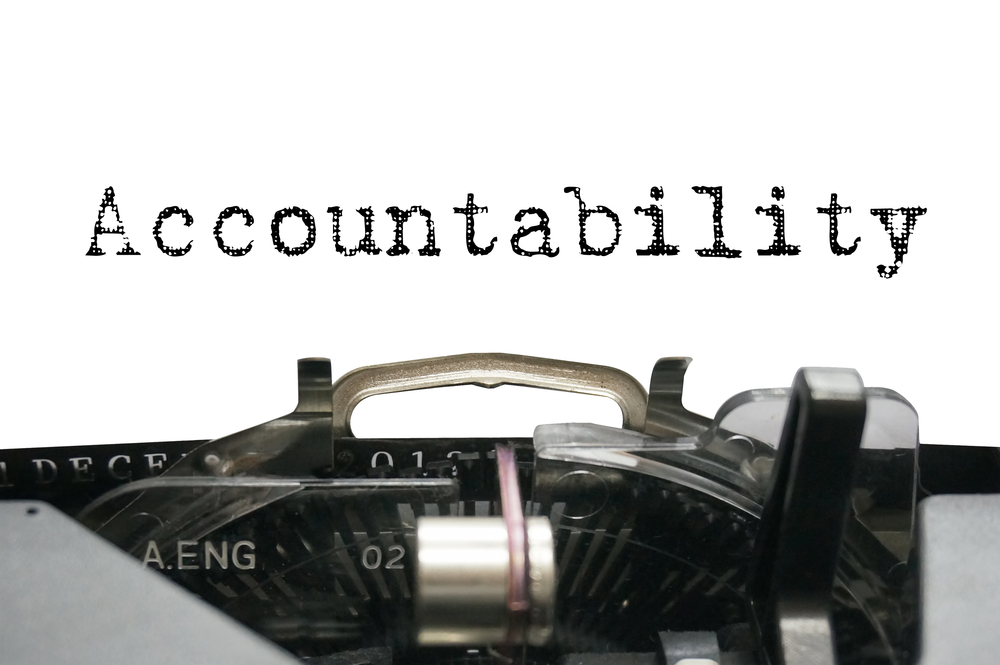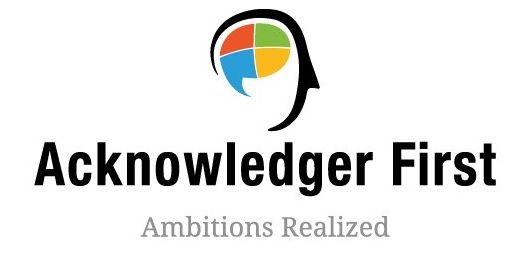Business Planning
Set Measurable Goals
Use the vision you have crafted to create measurable goals. For example, if you value customer service, you may work toward the goal of responding to every piece of customer feedback; if you’re committed to environmental values, you may set the goal of having a carbon-neutral workplace in three years. Be as clear and specific as possible when creating your goals, using numbers to measure progress and success, and charting timelines for achieving your objectives.

Create Accountability Systems
Develop systems for evaluating progress as you work toward achieving the goals you have set. Put different managers and staff members in charge of domains, such as tracking sales figures or carbon emissions. Create a chain of accountability showing who is ultimately responsible for different outcomes. Have backup plans so you can shift gears and dedicate additional resources if the process isn’t going according to plan.

Evaluate and Review
Create formal protocols for assessing your progress. Bring as many voices as possible into this evaluation process, and encourage honesty and objectivity. Assess how well you are progressing toward your goals, but also be open to reassessing the goals themselves, as long as you do so in ways that are still consistent with your long-term vision.
Technologies and circumstances may change, making your goals less achievable or relevant. But if you do revisit your goals, do so with your vision in mind so you can find other ways of expressing it in your work.

